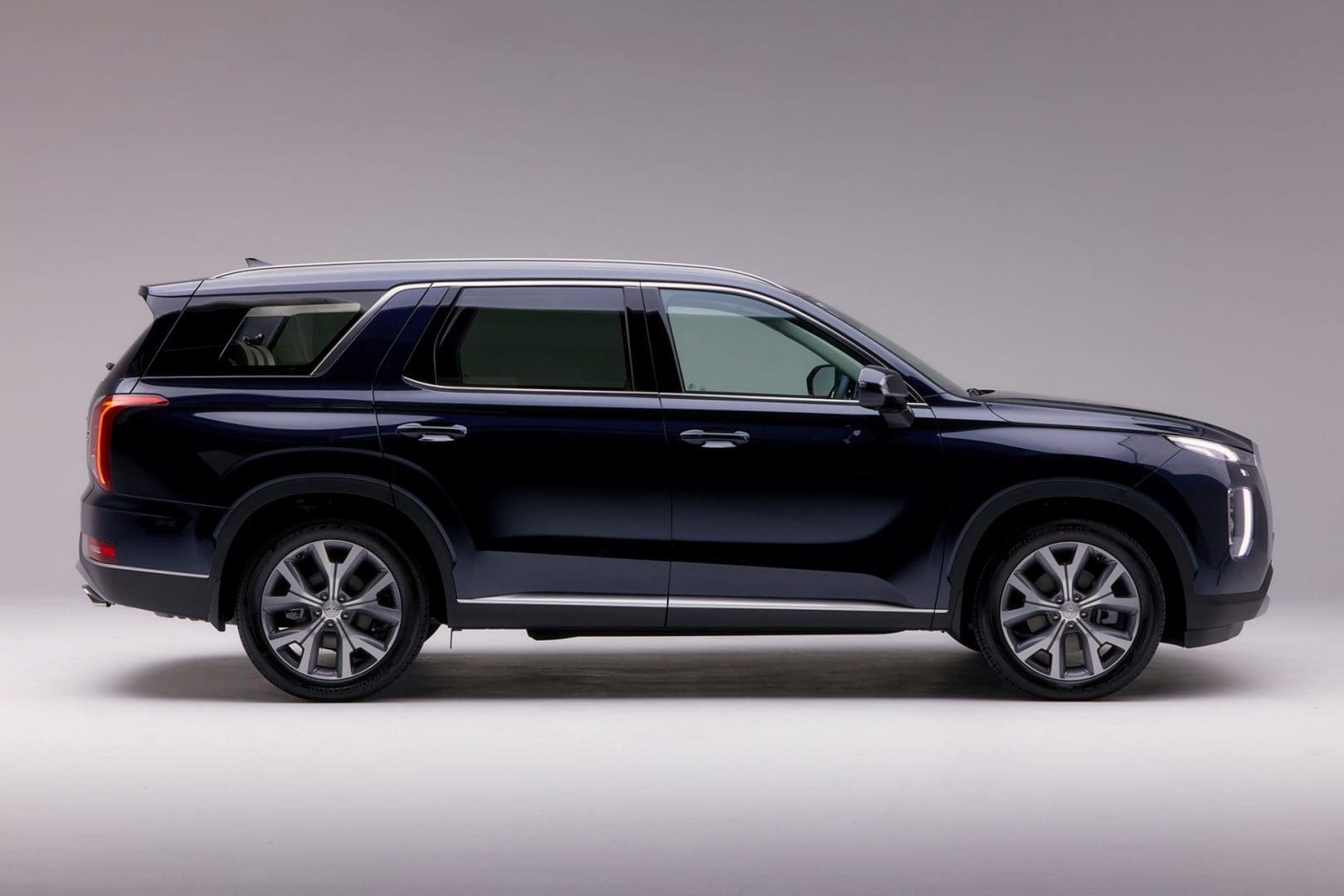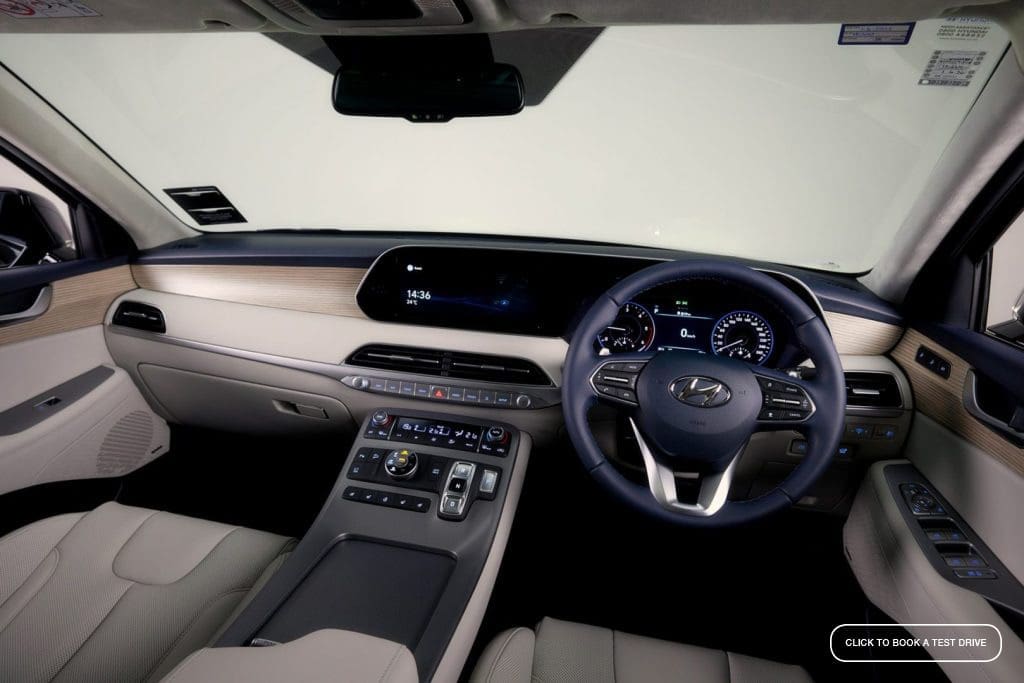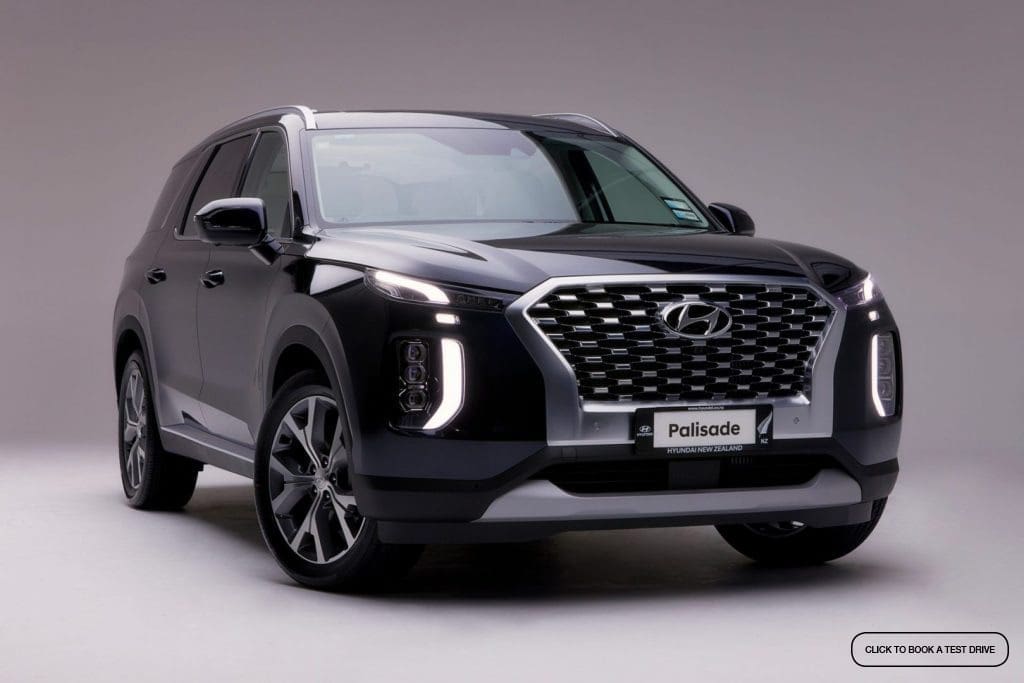Hyundai Palisade: Putting The U In Sports Utility Vehicle
In the lifestyle media world, the word utility seems to have a bad rap, even by extension to call something utilitarian, implies that it is somehow void of everything else. I think the word is totally underrated and I am here to present a case for it using the all-new Hyundai Palisade as exhibit A. The Palisade is an SUV, otherwise known as a Sports Utility Vehicle. In this case of course “Utility” is the operative word, and it is an important one. I mean, what is really the point without it. You can have your Sports Vehicle, but if it has no functional use, it may as well be a lump of metal. The Palisade is not only very useful in terms of its intended purpose. But the designers have really thought about the user on so many levels. It is just so obliging in terms of convenience that it seems almost tailor made. Need a cup holder? Oh, here’s one, and here’s another one. In fact there’s 16 of them in total. Need a USB charger? There’s 7 of them. Feeling a little bit frazzled by the morning commute? Here’s an assortment of calming sounds from walking in the snow, to a crackling fire to an open café.
In a loving kind of way, this SUV has the personality of Ned Flanders but on the outside it is like the Rock. Large with plenty of extruding and bulgy bits, but also ruggedly handsome. And the thing is that these two elements aren’t contradictory. There is just no compromise to the Palisade’s usefulness by being good looking and large, in fact, these things compliment each other. This usefulness extends beyond the large storage capacity, cup holders and expansive media options to the user experience on all levels. When you are talking about driving, the driving bit is important of course and the Palisade is loaded with enough science and tech to make this an absolutely pleasurable experience.
Our test drive variant was the top-of-the-line Palisade Limited featuring a 147kW, 440Nm 2.2-litre turbo-diesel engine, eight-speed automatic and all-wheel drive system. Not only is this powertrain highly efficient in its own right but it is helped along by some clever design in other areas.
Specially shaped A-pillars and rear turret design, and front and centre-floor under-covers and other Aerodynamic drag-reduction techniques result in a low drag coefficient of 0.33. This not only helps minimise the already minimal fuel consumption, but it reduces wind noise. A quiet ride is also helped further by ultra-rigid construction, laminated front glass and extensive insulation material in the dash, underfloor, tunnel and body cavity regions.
The AWD version features the HTRAC system which features an electronic, variable-torque-split clutch with active torque control between the front and rear axles. This system delivers enhanced stability and traction during cornering, and on slippery surfaces, through the optimal apportioning of torque between the front and rear axles, as well as the use of differential braking. This variable front-rear torque distribution adjusts itself for different scenarios including straight-line acceleration, cornering, and hill starts.
And the technical assistance doesn’t end there. In fact, there’s enough technical assist-based acronyms to warrant their own Dewey Decimal system. There’s Blind-Spot Collision-Avoidance Assist (BCA), which incorporates Blind Spot Collision Warning (BCW) and Active BCA. BCW uses the windscreen-mounted camera to detect your place within the lane while radar sensors on either side of the rear bumper detect vehicles next to and diagonally behind you. Then there is Lane Keeping Assist (LKA) System. The LKA System consists of two modes – Lane Departure Warning (LDW) mode, and Lane Keeping Assist (LKA) mode. Then there is High Beam Assist (HBA). HBA scans the road ahead of Palisade using the windscreen-mounted camera, monitoring for streetlights, as well as headlights and taillights of vehicles in front. Then there is Rear Cross-Traffic Collision-Avoidance Assist (RCCA). RCCA monitors for traffic approaching on either side of Palisade when reversing out of perpendicular parking spaces. There is the Lane Following Assist (LFA). And then there is Safe Exit Assist (SEA). When the vehicle is stopped and SEA is active, the system scans the rear path of the vehicle. If a door is opened while an approaching vehicle is detected, the system will issue an audible alert and display a warning in the instrument cluster, advising that the exiting occupant should ‘watch for traffic’. A very cool feature is the Blind Spot View Monitor (BVM). This provides a video image of your left and right blind-spot zones in the 7-inch display cluster when the corresponding turn signal is used. There’s also Surround View Monitor (SVM) with Parking Guidance which gives you a bird’s eye view of the vehicle for when manoeuvring in confined spaces. And of course there is Head-Up Display (HUD) projected onto the windscreen to give you the main info you need like vehicle speed, navigation commands, speed limits and traffic sign info, as well as alerts from active safety and driving assistance features.
So going back to the original acronym from the start, SUV. The Hyundai Palisade really uses an incredible layering of tech, design and engineering acting in unity to provide utility and incredible user experience. Or (UUU) if you want an acronym.
Discover more driving innovation with the Hyundai Palisade.



